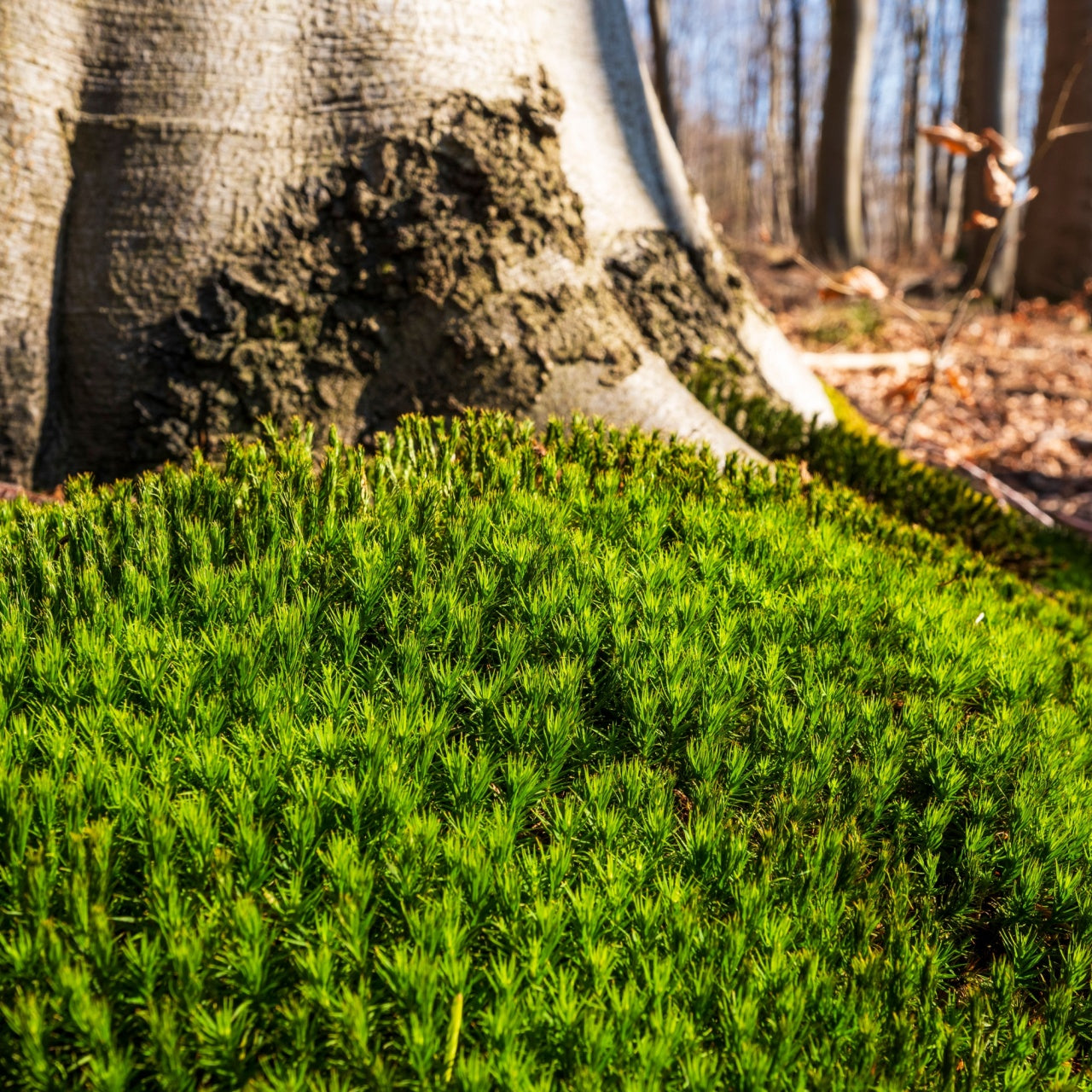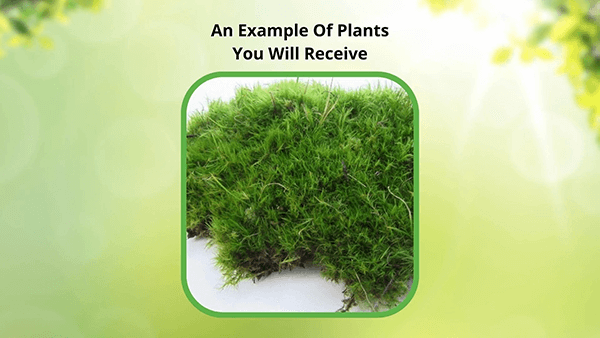


Removes & Absorbs Toxins
Improves Air Quality
Low maintenance & easy to grow
Buy Haircap Moss Online
Haircap Moss should have been named the Cure-All because this beautiful plant can solve any garden dilemma. Out of the 15,000 species, it is the easiest to grow.
This hardy plant grows on every continent, including Antarctica. It can grow naturally along forest streams, bogs, and coastal plains.
This plant prefers partial shade but can also grow in shady or sunny parts of the garden. It is not a picky plant but thrives best in clay or sandy soil.
The Haircap Moss Loves Moist Soil
Moist soil conditions are best for optimal growth, but this hardy plant will tolerate slow-draining areas and low moisture content. It is easy to see when the plant needs watering because the coloring diminishes slightly, and the leaves will curl tightly around the stem.The leaves spring back open as soon as they receive water.
This Moss Can Thrive In Shade Or Indirect Sunlight
This plant prefers partial shade, but it can also grow in shady or sunny parts of the garden. It is no surprise that it is the most commonly used plant in landscaping; this excellent plant is very diverse. It is widely used for flower bed borders, ground cover, or anywhere a pop of color is needed.
Moss Can Control Soil Erosion
They even control erosion on uneven grounds and are deficient in maintenance. They have an average life span of three to five years, reproduce effortlessly, and stay green all year round.
These Plants Can Reach 4 Inches Tall
The average height of the this moss is two to four inches, but it is one of the taller species and can grow up to twelve inches tall. During the warmer seasons, this plant will sprout spores from the top for reproduction. Although the reproduction spore starts as light green, it can turn various yellow, orange, and red.
If you need a robust forest-floor texture, this Moss is great. It is often referred to as common hair moss. The scientific name is Polytrichum commune. It is easily called cap moss because of its tiny stalks topped with hairy caps. It definitely needs high humidity to maintain its vibrant green color. The Haircap Moss is a resilient and appealing moss for creating a lush, miniature landscape.
This Is How Your Plants Will Look upon Delivery
Shipping date depends on the date displayed and chosen when you order from the product's page.
We do not offer warranties on products after 5 days past receiving your plants.
By signing up, you agree with our privacy policy.





